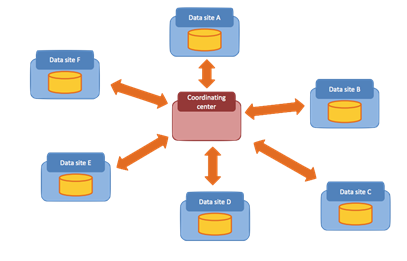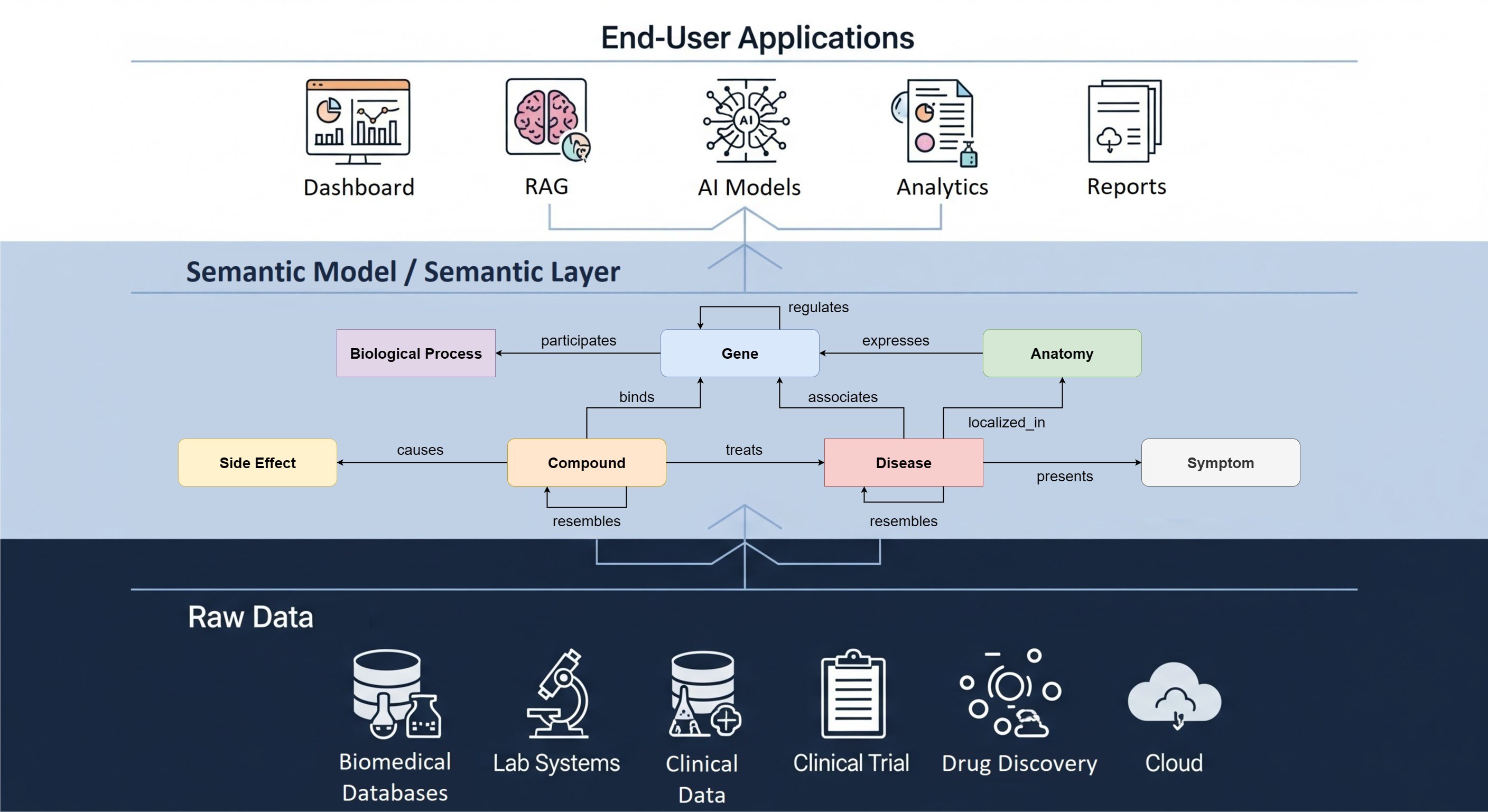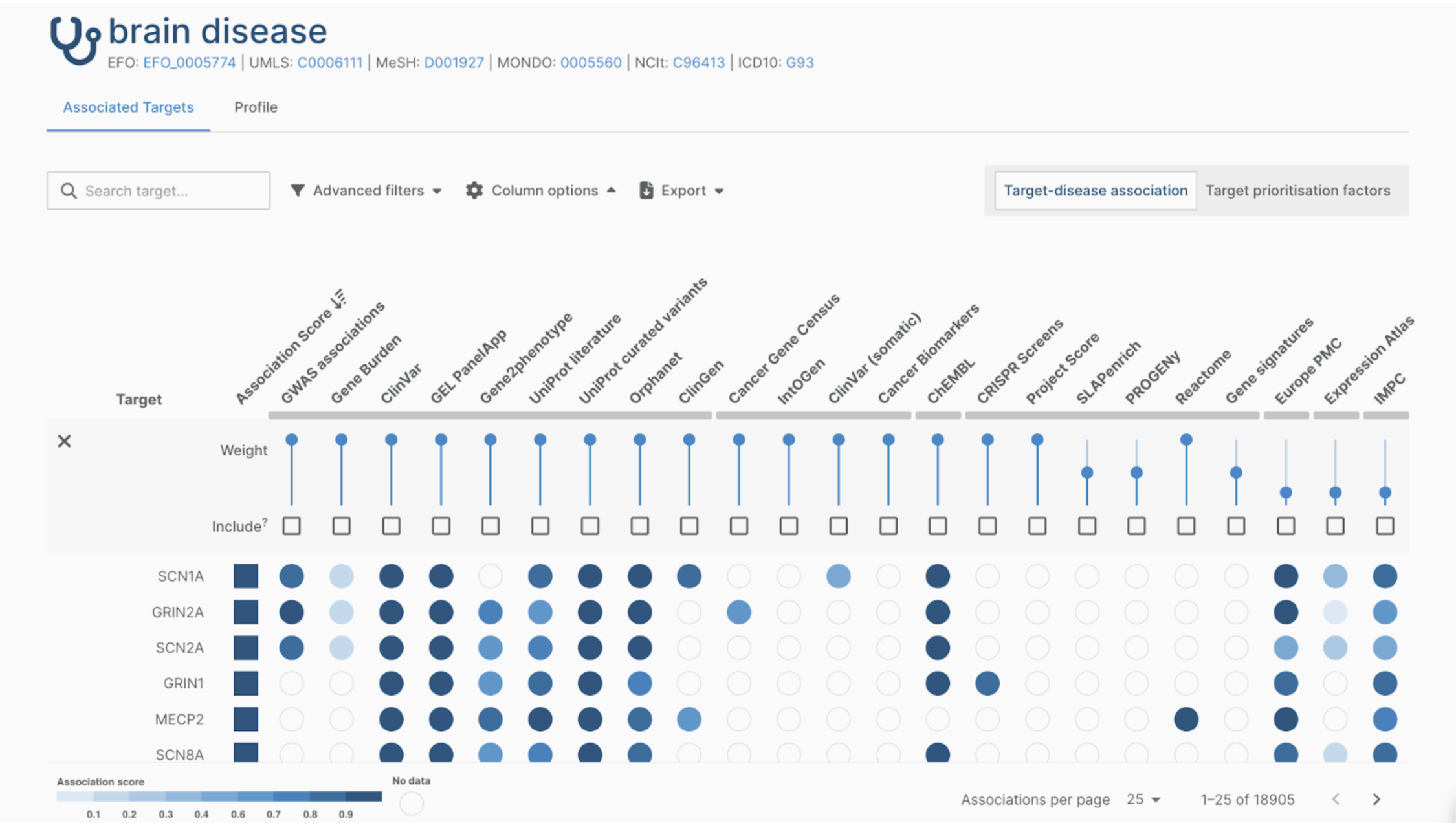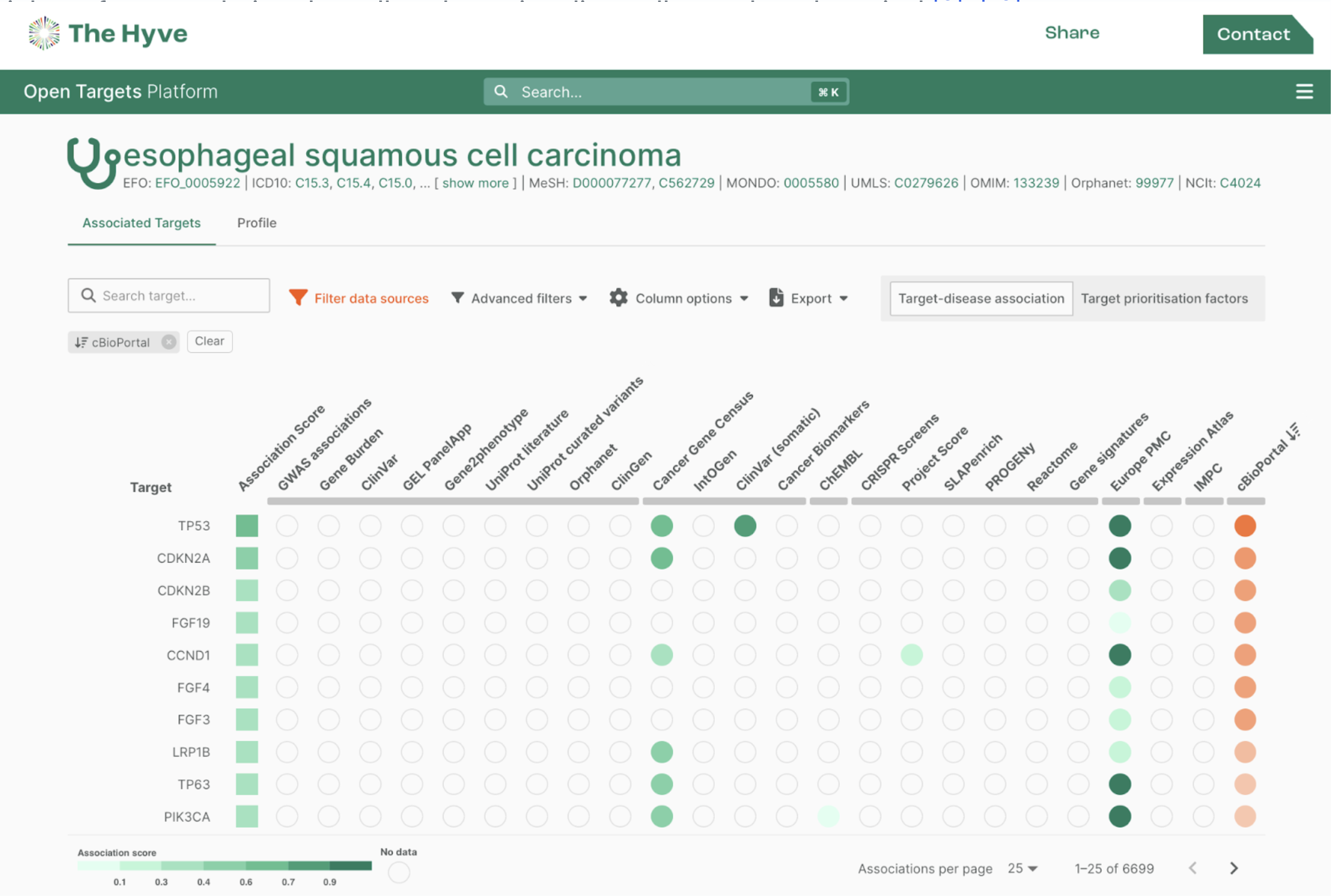Everyone involved in scientific research knows that the credibility of conclusions drawn from a study, increases with the number of participants. As Big Data has enabled analysis of medical data from large numbers of patients and a vast number of variants, the researchers in academia, pharma and hospitals show increasing interest in utilizing connected healthcare data for observational research.
In this blog, an overview is given of the work we do for three consortia: BigData@Heart, PIONEER and European Health Data and Evidence Network (EHDEN). They are all aiming to link data from various European institutions for various purposes, using OHDSI. These public-private consortia operate under the umbrella of the Big Data for Better Outcomes (BD4BO) initiative and receive funding from the Innovative Medicines Initiative (IMI).

The Big Data for Better Outcomes programme aims to support outcome-focused, sustainable and eventually generate meaningful information to improve the quality of healthcare systems in Europe. To achieve this, the consortia aim to exploit the potential of large-scale, harmonised data from a multitude of sources. Through a set of projects focused on specific disease areas, BD4B0 aims to contribute to the betterment of the healthcare. Here we highlight three projects to which The Hyve is actively contributing.

BigData@Heart is a five-year project aimed at setting standards for cardiovascular big-data science. Among other tasks, The Hyve is working on a case study which compares the survival of heart failure patients across England, Sweden, Spain and the Netherlands. The Hyve is currently in the process of converting health records from these four countries to the OMOP Common Data Model. This conversion allows us to leverage existing observational methods that are commonly used within the OHDSI community.

PIONEER is also a five-year project. Its goal is “to ensure the optimal care for all European men living with prostate cancer by unlocking the potential of Big Data and Big Data analytics”. The project is still in its early stages and The Hyve is collaborating with EFPIA partners and academia to set up a catalogue of potentially relevant prostate cancer registries and other useful healthcare datasets. The Hyve will use the OMOP and OHDSI technologies to support data integration and analysis for longitudinal prostate cancer registries, whereas tranSMART technology will be used for cohort studies with deep phenotypic and clinical data which also include omics data. The combination of tranSMART and OHDSI has been used successfully in IMI EMIF as well.

The third initiative, the European Health Data and Evidence Network (EHDEN), will launch at the end of this year. This network aims high: it wants to create a common standard for hundreds of health data silos all over Europe. This standardization should boost medical research and healthcare outcomes, and especially support the BD4BO consortia.
All these projects allow us to make good use of our OMOP/OHDSI expertise for setting up a technical framework for converting health care data to the OMOP Common Data Model (OMOP CDM). The OMOP CDM is effectively the standard data model of the OHDSI community and allows for data integration and harmonization of real world data from multiple sources like insurance claims, national registries, electronic health records (EHRs), and case report forms (CRFs). By using common ontologies and standards we want to facilitate collaboration between data sites. By contributing to EHDEN, we help set up a health evidence network that utilises and expands the existing OHDSI tooling.
The Hyve is very proud to be part of and contribute to these networks that bring together over 73 partners in science, pharma and healthcare. We are convinced these big data initiatives will result in better understanding of diseases in the short term and better outcomes for patients in the long run.



